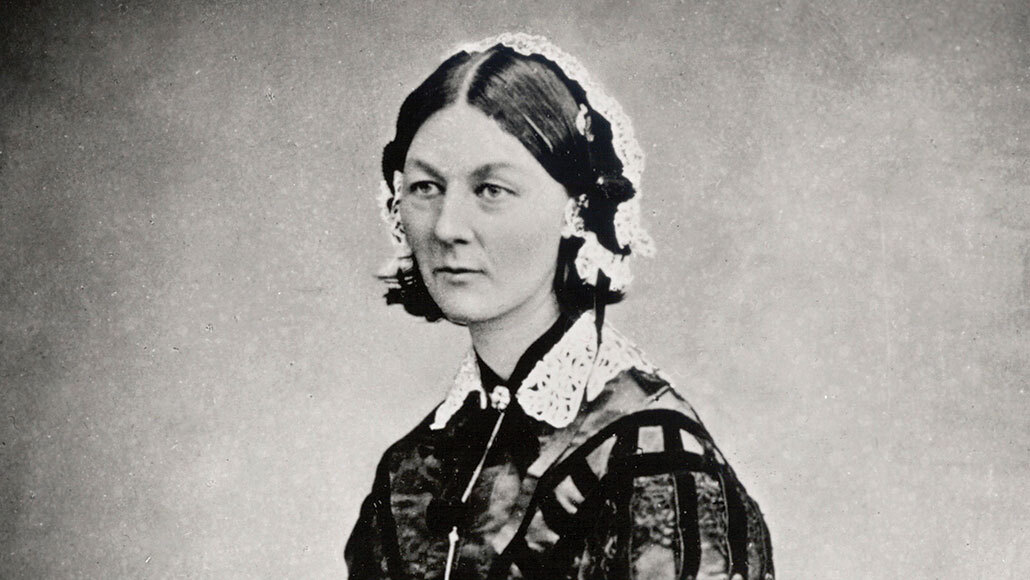Florence Nightingale understood the power of visualizing science
She illustrated that simple sanitation techniques could stop the spread of infectious diseases

Florence Nightingale would have celebrated her 200th birthday on May 12.
INCAMERASTOCK/ALAMY STOCK PHOTO
Victorian icon Florence Nightingale is best known as the founder of modern nursing. But Nightingale, who would have celebrated her 200th birthday on May 12, was also a statistics and data visualization pioneer who sought to illustrate that simple sanitation techniques, such as handwashing, could stop the spread of infectious diseases (SN: 1/5/20).